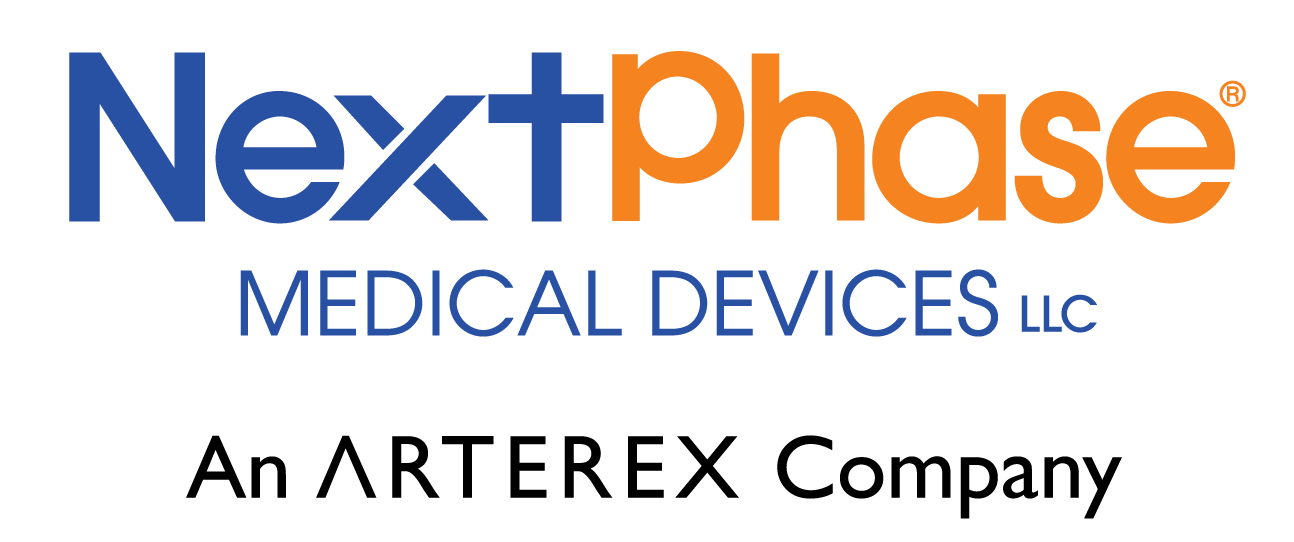COVID-19 has had a profound impact on medical device manufacturing and assembly. Every aspect of the industry has been forced to adapt in order to meet the challenges of this constantly evolving situation. Demand has skyrocketed for PPe and certain devices such as ventilators, with many companies struggling to keep up. Supply chains have been disrupted, while worker safety has been a massive concern and challenge. Remote work has emerged as a necessity, requiring a seismic shift in how business is conducted. Regulatory agencies have been forced to act quickly by granting exemptions and Emergency Use Authorizations. While the short-term impacts of COVID-19 are now clear, it is uncertain how the medical device industry will be affected in the longer term.
The industry is responding to COVID-19 with immediate changes designed to ensure the uninterrupted production of necessary devices while keeping workers safe. These include virtual rather than in-person inspections as well as shifts towards remote work, whenever possible. Social distancing, more flexible scheduling, and other coping mechanisms are the order of the day. It is not clear how long the COVID-19 crisis will last, but it is highly unlikely that business as usual will resume any time soon. While demand is predictably high for devices like personal protective equipment and ventilators, other devices - such as those for elective procedures - are seeing a sharp decrease in demand. This dramatic change may not be a one-time occurrence, since spikes in COVID-19 cases have the potential to overwhelm hospitals, making elective procedures a rarity.

In a wide-ranging interview with industry leaders, MD+DI Editor-in-Chief, Daphne Allen, discussed some of the strategies that companies are using to address these challenges. These include remaining open to moving production, getting the proper exemptions to meet demand, re-purposing materials to fit production demands, developing new funding plans to attract investors, and increasing the number and resiliency of key supply chains. These kinds of changes are indicative of a larger shift in the industry in how medical device manufacturers think about production. Some believe that such a shift must include new “smart” manufacturing systems.
The rapid spike in demand for certain products requires companies to drastically increase their production capacity in a short amount of time. Companies are looking to increase efficiency as much as possible, with some looking to digitalization and cutting-edge production technologies as the future. Writing on the advantages of digitalization, Chris Parsons, a critical manufacturing luminary, notes that many medical technology companies face difficulties in scaling up production while maintaining quality. Parsons points to a shift towards “smart” technologies as a potential solution.
Parsons states that using so-called “smart” manufacturing systems like Industry 4.0 production technologies can help to enhance communication, standardization, quality, and the smooth operation of production. Such systems have the ability to account for and correct errors and to conduct production across multiple sites. Parsons asserts that these manufacturing processes, driven by Manufacturing Execution Systems, have the potential to change more than just medical device manufacturing itself. They could also improve employee training, production efficiency, and business decisions by providing valuable analytic data. These kinds of shifts toward digital technology could also make remote work more feasible, eliminate the need for paper records, and allow for quicker responses to future crises.
Many factors introduce uncertainty into the medical device design and manufacturing industry’s longer-term future. Access to hospitals is a key concern for the industry. The pandemic has limited such access, with far-reaching effects on the ability of companies to support their products, fix issues that arise, and provide on-site training to employees. Disruptions along the supplier-to-manufacturer chain could force companies to reevaluate their supply chain strategies entirely. Citing the value of a secure supply line over price, some medical device industry leaders envision a turn away from outsourcing production towards a broader supply structure. Experts also point to delayed product releases, internal restructuring of suppliers, and changes in the size of the hospital market as further drivers of uncertainty.
The pandemic is encouraging new avenues for medical device development and marketing. The shift towards telemedicine and remote care prompted by COVID-19 could incentivize the development of new remote medical devices and technologies. As COVID-19 continues to stress hospitals and the healthcare system to its limits, such remote diagnostic and monitoring devices could become even more important and pervasive in the future.
This new focus on telehealth has dramatically increased the need for medical device companies to communicate with hospitals and other healthcare agencies to accommodate the shifting needs of providers and patients alike. COVID-19 has also changed how the medical device industry communicates with potential partners and customers. The cancellation of in-person conventions and events could drive the medical device industry to develop new digital product and service marketing solutions.
COVID-19 has the potential to prompt a sea change in the medical device industry. This may involve a shift towards entirely new medical device manufacturing systems, forcing many companies to adopt new technology. Uncertainty and instability in supply chains could push companies towards dual sourcing and other risk-mitigation strategies, such as local sourcing or the renegotiation of contracts. The ongoing crisis may also require out-of-the-box solutions, like the recent work Ford Motor Company has done with 3M and GE Healthcare to ramp up ventilator and respirator production.
COVID-19 has truly changed the world. Its long-term impacts across the global economy are hard to project, but appear to be profound. Many small and medium-sized companies will need to adapt to the possibility of reductions in revenue due to the lack of elective procedures. Larger companies must also reevaluate the situation as it develops and respond in kind. The unpredictability of a vaccine’s development, and the occurrence of COVID-19 spikes in the United States, introduce more uncertainty into the situation. Given these factors, the only certainty is that the medical device design and manufacturing industry must remain flexible and be capable of responding rapidly to change at every level of operations as the pandemic continues.

